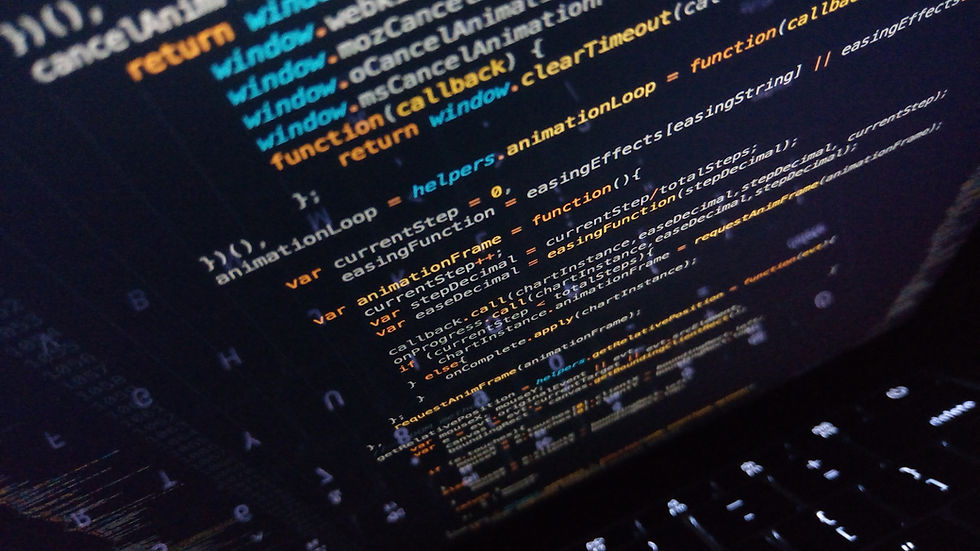Is Your Website's Code at Risk of Plagiarism? How to Detect and Prevent It
- Codequiry

- Apr 4
- 2 min read
In today’s digital world, originality isn’t just about content—it’s also crucial for your website’s code. With so many websites offering similar features, developers often face issues like duplicated or stolen code. This can lead to serious problems such as security risks, SEO penalties, and even legal trouble. To avoid these headaches, tools like Website Plagiarism Checkers are key to keeping your code unique and protected.

What is Code Plagiarism?
Code plagiarism happens when someone copies another developer’s code without permission or proper credit. It’s common among freelancers, students, and even businesses looking for shortcuts. The rise of AI-generated code has made spotting plagiarism harder, which is why tools like AI-powered code checkers are becoming essential.
Why Plagiarized Code is a Problem
Using stolen or duplicated code can create several issues for your website:
SEO Penalties: Search engines like Google may lower your site’s ranking for using duplicate code.
Security Risks: Copied code might contain flaws that hackers can exploit.
Legal Trouble: Using someone else’s proprietary code without permission can lead to copyright violations.
Reputation Damage: Your credibility and trustworthiness can take a hit if you’re caught using stolen code.
Loss of Innovation: Unique code gives you a competitive edge, while duplicated code limits creativity and reliability.
How Codequiry Can Help
To protect your website from these risks, tools like Codequiry are invaluable. Codequiry is a Website Plagiarism Checker designed specifically for developers. It scans your source code against massive databases to identify copied or similar content.
How It Works:
Upload Your Code: Submit your website’s source code to the platform.
Scan for Similarities: Codequiry checks web repositories, academic submissions, and open-source libraries.
AI Detection: Codequiry’s AI code checker helps identify copied segments, whether they are manually written or AI-generated.
Detailed Reports: Get a clear report showing matched portions and potential risks.
Actionable Steps: Use the insights to fix or replace copied sections and improve originality.
Tips to Prevent Code Plagiarism
While detection tools are helpful, preventing plagiarism is even better. Here’s how you can keep your website’s code safe:
Use Open-Source Licenses Properly: Follow licensing rules when using open-source code.
Document Your Work: Keep track of your original code versions.
Monitor Regularly: Check for unauthorized duplication in your codebase.
Educate Your Team: Teach developers about ethical coding practices and the importance of originality.
Obfuscate Your Code: Use techniques that make it harder for others to copy or reuse your code.
Why Choose Codequiry?
Unlike basic plagiarism tools or traditional systems like Stanford MOSS Plagiarism Checker Codequiry is built specifically for modern developers, educators, and organizations. It goes beyond peer-to-peer comparison—analyzing your code against billions of online sources, developer forums, and even AI-generated content. Its intuitive interface makes it easy to use, even for non-technical users.
Codequiry empowers businesses and academic institutions to uphold integrity by detecting unauthorized code reuse. By integrating it into your workflow, you reduce the risk of copyright violations, security breaches, and SEO penalties—while reinforcing originality and trust.
Final Thoughts
Code plagiarism is a growing threat in the digital age, but tools like Codequiry make protecting your website easy. Whether you’re a business owner, developer, or student, keeping your code original ensures security, avoids legal trouble, and safeguards your reputation.
Take control today—use the Codequiry Website Plagiarism Checker to protect your work and ensure your website’s integrity!



Comments